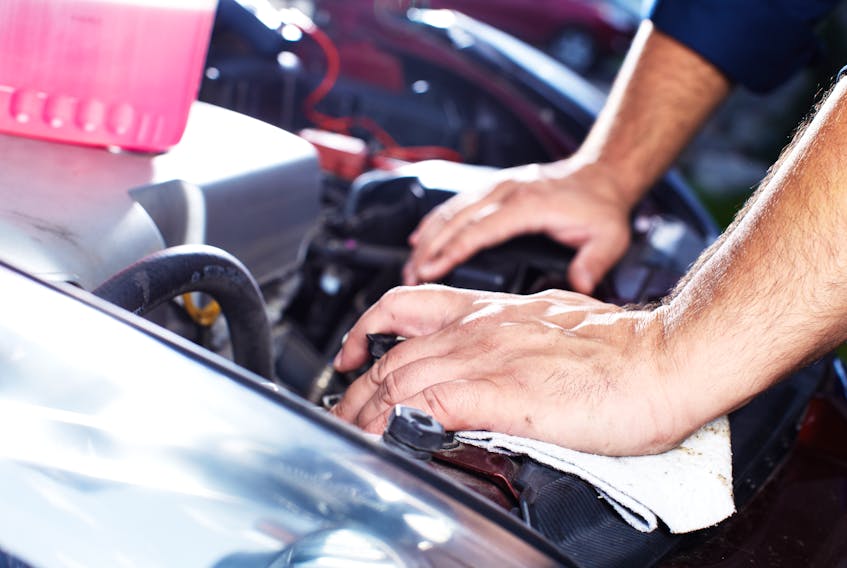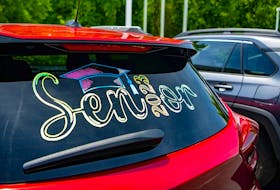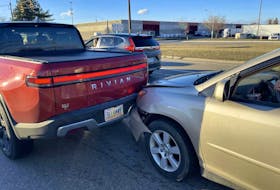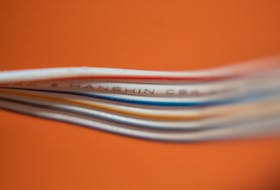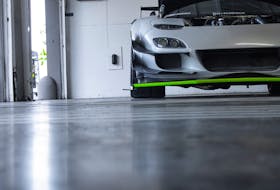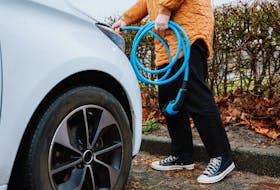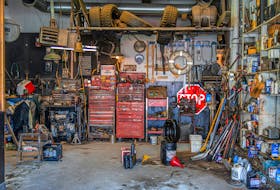We started this conversation a column or two ago. It’s about how to deal with a concern that may or may not be related to a recent auto repair or maintenance job, and covers how to tactfully work with your shop to reach a resolution without disturbing the good working relationship you may have with them.
Here are a few real-world examples of what we’re talking about.
Slip-sliding away
“Ever since you put a used transmission in my car, it’s slipping on hard acceleration.” This one sounds like a no-brainer: obviously, the gearbox sourced from the auto recycler wasn’t up to snuff. But when the tech takes a road-test and feels what he/she assumes the customer is referring to, it turns out to be an engine miss, not an automatic transmission slipping.
The spark plugs are pulled for an inspection, and found to be worn to replacement level. New plugs go in, and voilà! The slip is gone. Engines and transmissions work in sync, so when one has a problem, it’s easy to jump to the wrong conclusion by pointing to the other as being at fault. And yes, the customer should be on the hook for the unrelated repair of replacing the plugs.
Pulling me over
“Ever since you realigned the wheels on my car, it pulls to the left.” Yes, this one could be caused by the tech’s error, but most of the time it’s the tires. When a vehicle’s wheels are out of alignment — either due to wear, such as the suspension sagging; or from a loose component like a worn outer tie-rod end — the tires will wear in an unusual pattern. The most common of these is excessive wear on one side of the tread.
The problem is that once the alignment spec problem is fixed, that wear pattern, even one so slight it’s hard to see, may cause a pull. You’ll often see techs switch the front tires from side to side when this happens, after rechecking the alignment specs. When dealing with unidirectional tires that can’t have their rotation direction changed, this involves dismounting and remounting the tires.
You can put this problem squarely back on the shop, because they should have noted the pull on a post-repair road-test, and either done the tire switch before releasing the vehicle, or at least informed you of its existence and given you the opportunity to discuss a plan of attack.
Fuel feasting

“Ever since you updated by engine computer, my fuel mileage sucks.” It would be nice if vehicle manufacturers provided some detail to customers and techs on their software patches and updates, but for the most part, they don’t. And when those updates are related to emission controls, it’s possible that the fix may change performance and fuel economy.
For most vehicles, it’s pretty much a Pandora’s Box, because once the upload is complete, it can’t be reversed. In this case, your beef is with the automaker, not the shop that installed its software. You’ll have to talk to the manufacturer instead.

